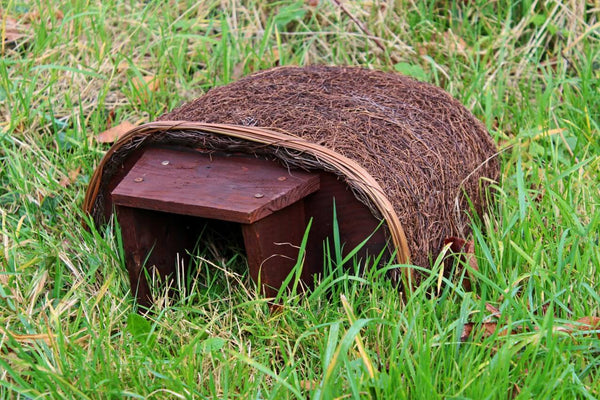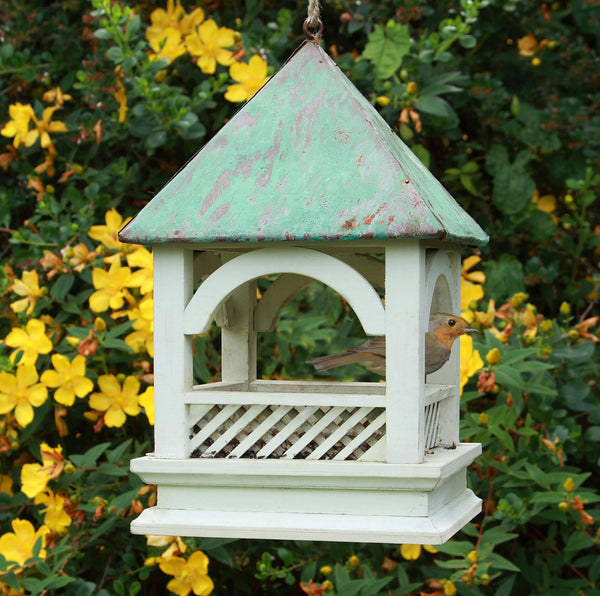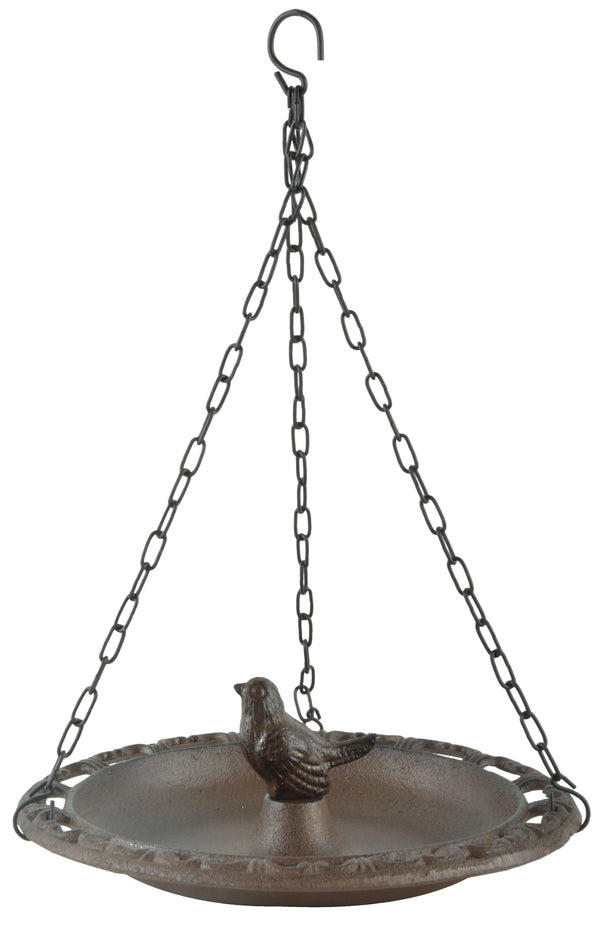A Garden for Every Species: 10 Products for Bird and Wildlife Enthusiasts
Gardens are not just outdoor spaces; they are sanctuaries where nature and human life coexist. If you're a wildlife enthusiast, transforming your garden into a haven for various species can be a deeply rewarding endeavour.
To help you create a garden that attracts and supports a wide range of wildlife, we've compiled a list of ten must-have products. These products will not only enhance the beauty of your garden but also provide food, shelter, and comfort to birds and other creatures.
1. Bird Feeders
Bird feeders come in various shapes and sizes, and they are an essential part of any wildlife-friendly garden. Hanging feeders, platform feeders, and suet feeders all offer different dining experiences for a variety of bird species. Consider a few different types to cater to a diverse avian population.
Hanging Feeders: These classic feeders are perfect for small to medium-sized birds like finches, sparrows, and chickadees. Fill them with sunflower seeds, mixed bird seed, or thistle seeds to attract a wide range of feathered friends.
Suet Feeders: Suet is a high-energy food that attracts woodpeckers, nuthatches, and chickadees. Suet feeders come in various designs, some of which even allow you to offer suet and other birdseed simultaneously.
Platform Feeders: These open feeding platforms are attractive to ground-feeding birds such as cardinals and juncos. They also provide ample space for larger birds.

2. Bird Baths
Water is a precious resource for birds, and a bird bath is a simple yet effective addition to your garden. Birds not only drink from bird baths but also use them for bathing and preening. Opt for a shallow bird bath with a non-slip surface and ensure it's cleaned and refilled regularly.

3. Owl Nest Boxes
If you're a night owl enthusiast, consider installing owl nest boxes. These boxes provide nesting opportunities for various owl species, such as barn owls and screech owls. Make sure to research the specific needs of the owl species in your area to provide them with the right habitat.

4. Butterfly Gardens
To attract butterflies to your garden, plant a variety of nectar-rich flowers. Consider milkweed for monarch butterflies, lavender for swallowtails, and coneflowers for fritillaries. Butterfly gardens not only enhance the beauty of your outdoor space but also support the delicate lifecycle of these captivating insects.

5. Bee Houses
Help pollinators like solitary bees thrive in your garden by setting up bee houses. These structures provide nesting sites for solitary bee species, which are essential for pollinating your garden's flowers and vegetables.
6. Hedgehog Homes
Hedgehogs are charming garden visitors that can help control garden pests. To provide shelter for these small mammals, consider installing hedgehog houses. Ensure there are entry and exit holes to accommodate their movement.

7. Bat Houses
Bats are fantastic insect hunters, making them valuable additions to your garden. Bat houses offer shelter for these creatures while they go about their nightly hunting. By encouraging bats in your garden, you'll have natural pest control for mosquitoes and other bothersome insects.

8. Birdhouses
Birdhouses come in various sizes and designs, making them versatile additions to your garden. They provide nesting sites for a variety of bird species, from bluebirds to wrens. Ensure you research the specific habitat needs of the birds in your area and choose the appropriate birdhouse designs.
9. Insect Hotels
Insect hotels are like luxury accommodations for beneficial insects like ladybugs, lacewings, and mason bees. These insects help control garden pests and support your garden's overall health. Create a welcoming environment for them by setting up an insect hotel with various nesting materials.
10. Wildflower Meadows
Wildflower meadows are a beautiful way to attract pollinators, including bees and butterflies. Choose a mix of native wildflowers to create a vibrant and biodiverse garden space. These meadows not only look stunning but also provide essential food sources for local wildlife.

In conclusion, creating a garden that caters to the needs of various species is a fulfilling and sustainable endeavour. By incorporating these ten products into your garden, you can enjoy the sights and sounds of wildlife right in your own backyard while contributing to the conservation of local ecosystems.
Remember to research the specific requirements of the wildlife in your area to ensure your garden provides the ideal habitat. Your garden can truly become a haven for all species to enjoy and thrive.










